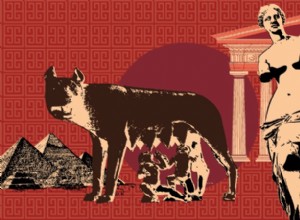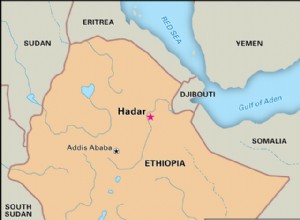Arriving from northern Italy, the Visigoths hoped to reach Africa. On August 24, 410, they entered Rome after having besieged it. Good Christians, if we are to believe Saint Augustine, although Arians, they robbed, raped and killed less than the others. The hoped-for ships not being there when they




